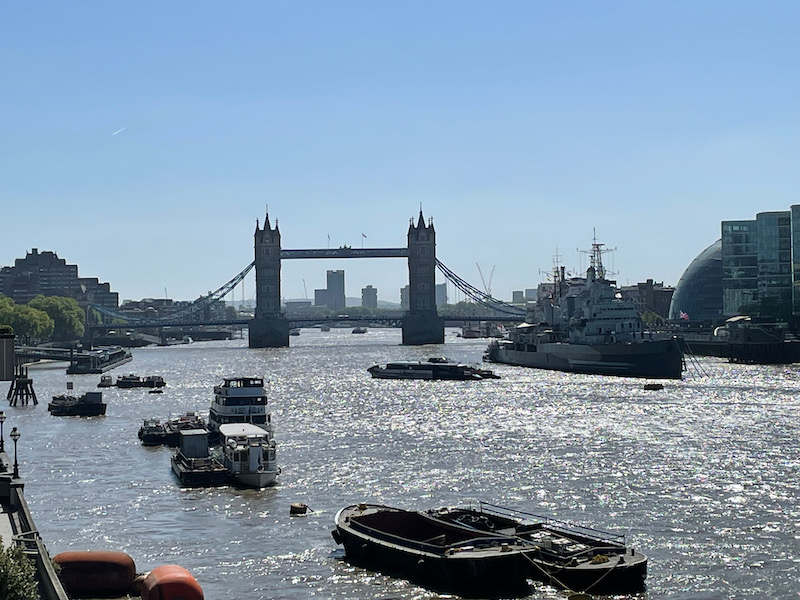Our Blog - London, England
We have been to London several times, and we are lucky enough to have some friends from Toulouse that are living there temporarily. We "popped up" for a weekend visit to spend some time with our friends and to try to experience "living in London" for a couple days. We, in general, skipped all of the tourist sites. We flew into Heathrow airport and took the tube all the way to our friends' place, and then we headed out to explore!
Our first stop ... well ... a pub, of course! While Tom opted for beer most of the time, I went with cider. After this one, which is a pint, I had to start ordering a "half-pint" each stop since we stopped at quite a few pubs along the way.
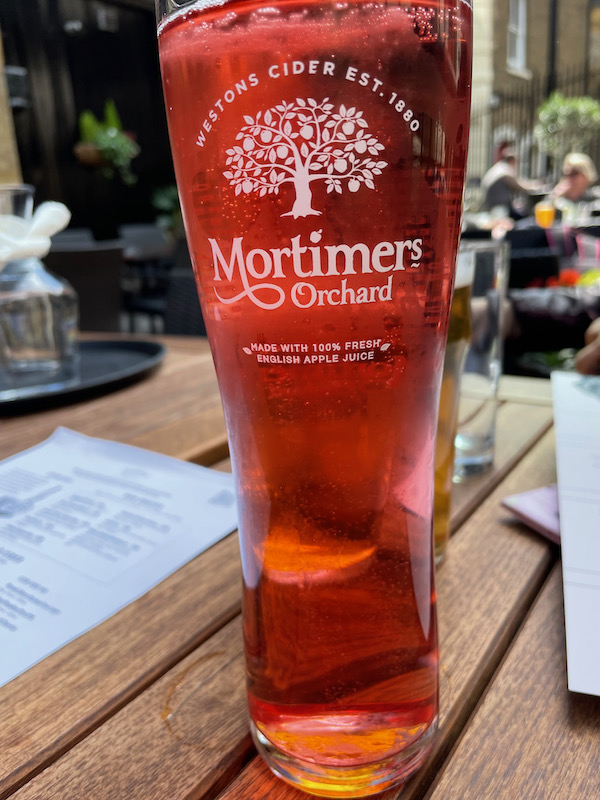
The Tower of London was one of the strongest and most impressive defensive structures in London. At the time that it was built, starting in 1078 and finished for the most part by 1285, it would have visually dominated the surrounding area and stood out to traffic on the River Thames. Most people only think of it as a prison, but it was built originally as a grand palace and royal residence. After the Tudors (around 1600), it became used less as a royal residence and was used for a wide variety of purposes. It was a prison in the 16th and 17th centuries, and then after World War I and II.
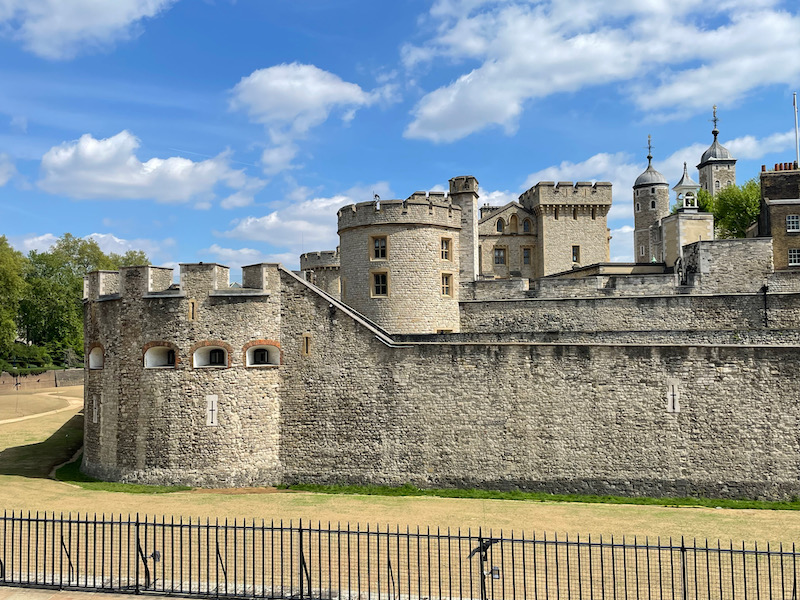
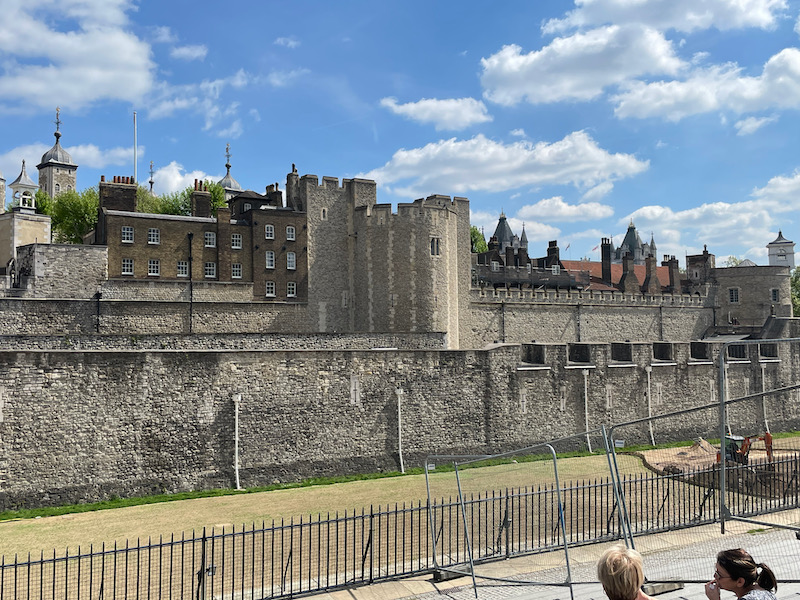
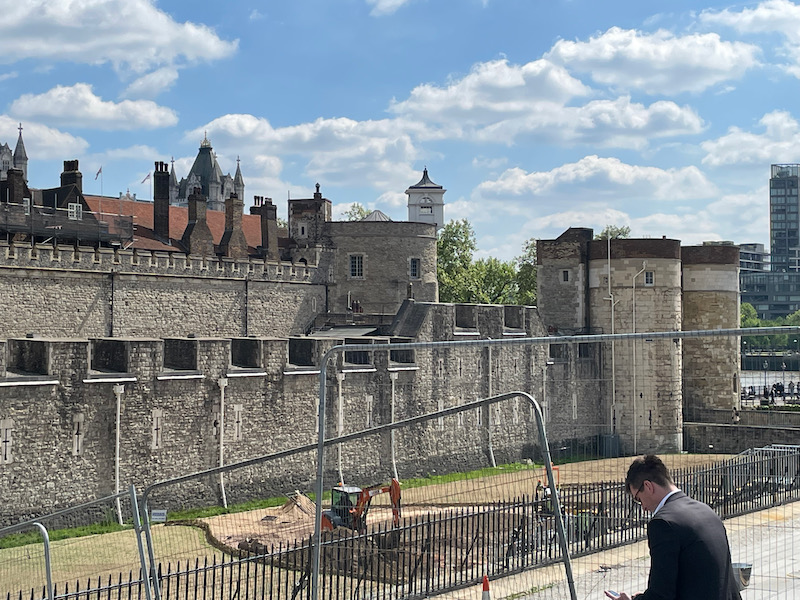
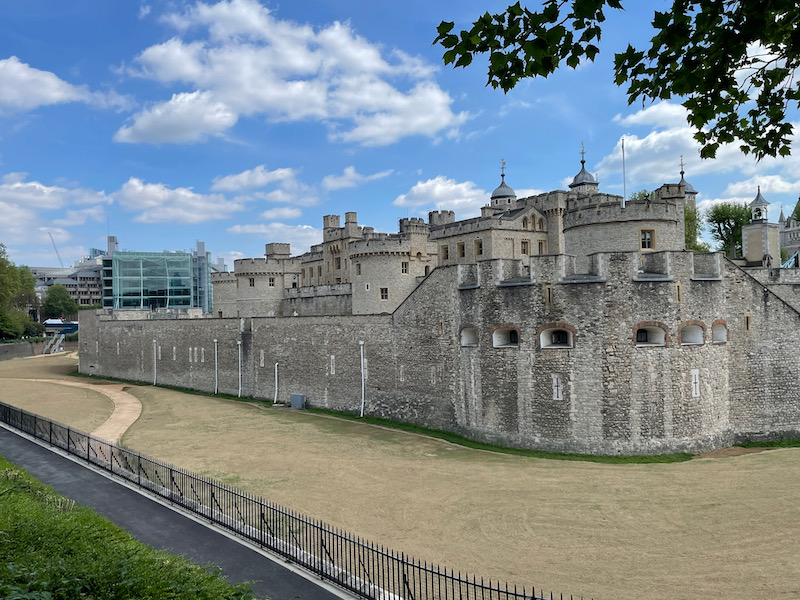
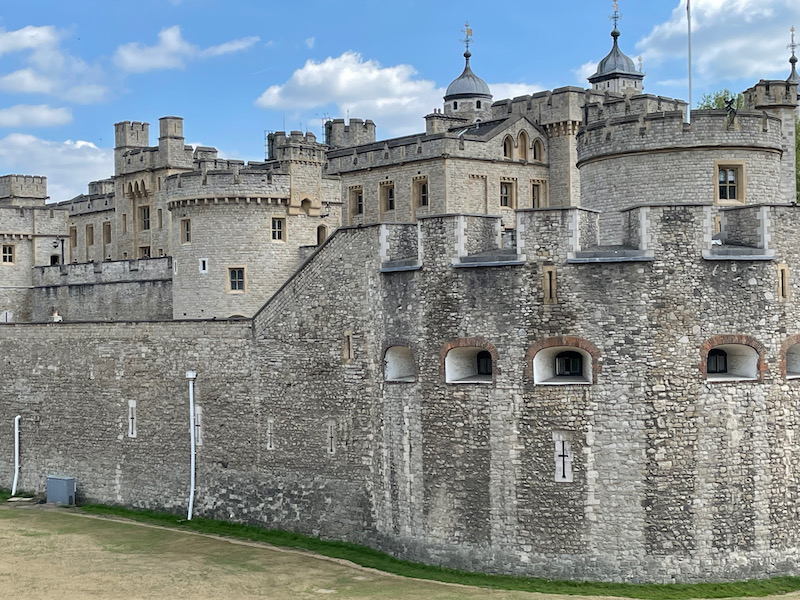
London has changed since we were there last many years ago, and one of those changes is The Shard, which was completed in 2012. It is over 1,000 feet high and is the tallest building in the UK. Until I read up on it, I thought the name came from the look or the glass at the top. However, the design was inspired by the railway lines next to the site, the London spires depicted by the 18th-century Venetian painter Canaletto, and the masts of sailing ships. The name comes from the criticism of the design from English Heritage (a charity that manages historic monuments) who stated that the building would be "a shard of glass through the heart of historic London". A bit of trivia: The Shard appears in the 2019 film Spider-Man: Far From Home, it is Nick Fury/Talos's & Maria Hill/Soren's lookout while the final battle takes place between Spider-Man and Mysterio on Tower Bridge.
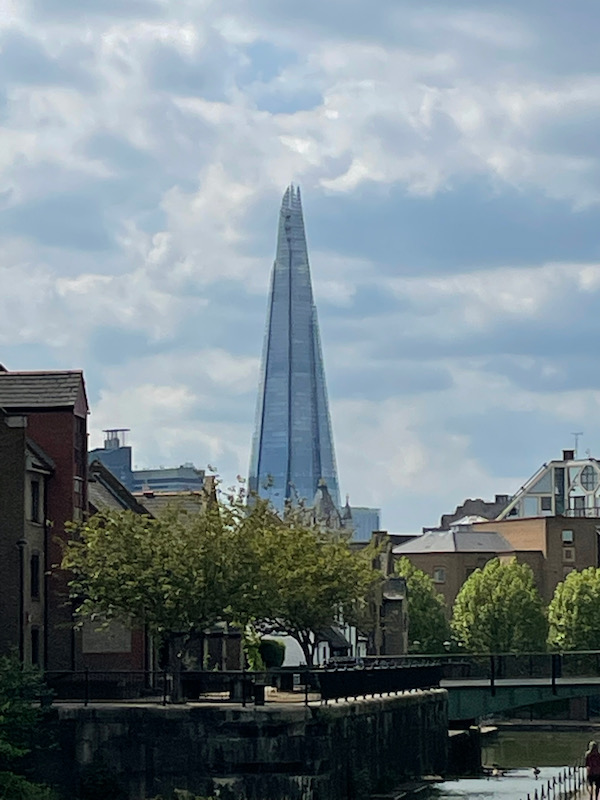
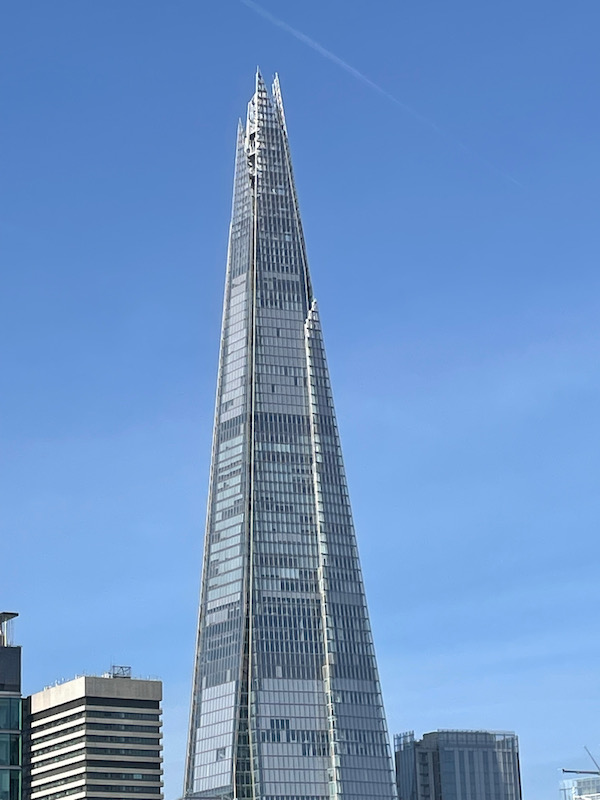

Our next pub-stop was at the Prospect of Whitby, which says it is the oldest riverside inn in London, dating back to 1520. In the 17th century, "Hanging" Judge Jeffreys lived nearby and a replica noose hangs over the Thames River, commemorating his custom. The flagstone floor has lasted there for over 500 years! It is a great place to drink a half-pint and look out over the Thames.
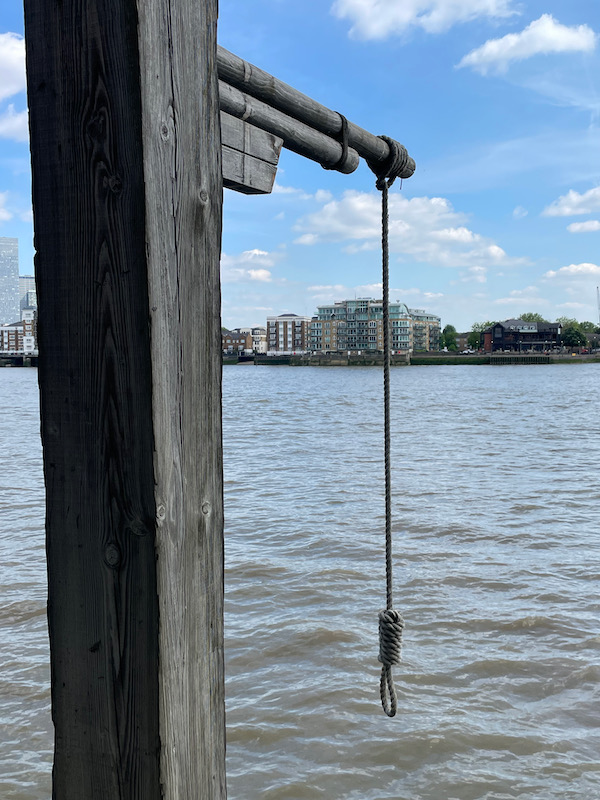
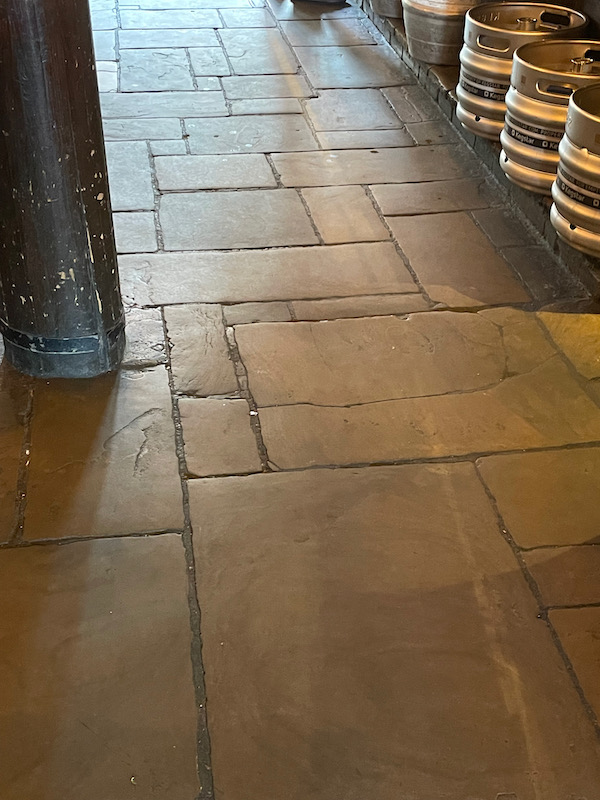
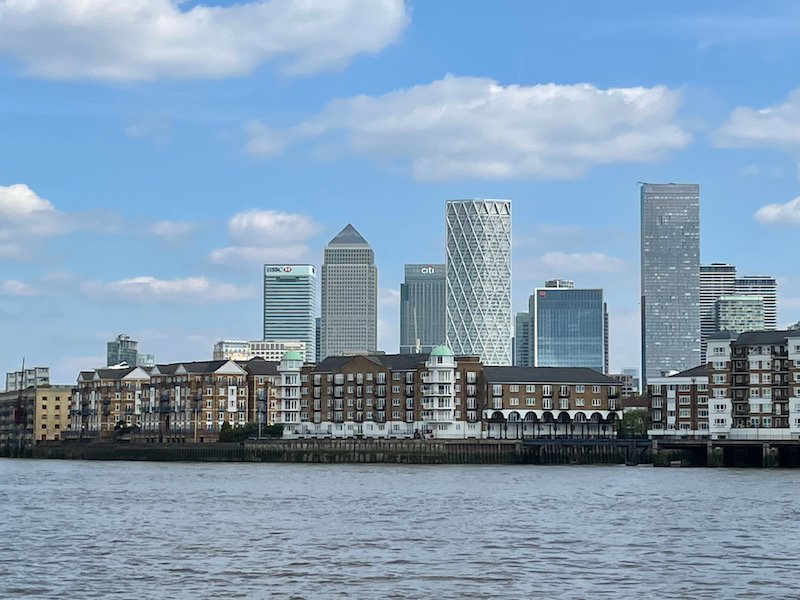
Many people (including me most of the time) call this the London Bridge, but in fact, it is the Tower Bridge. We were lucky enough to catch one of the pictures with the drawbridge open to allow a tall ship to pass underneath.
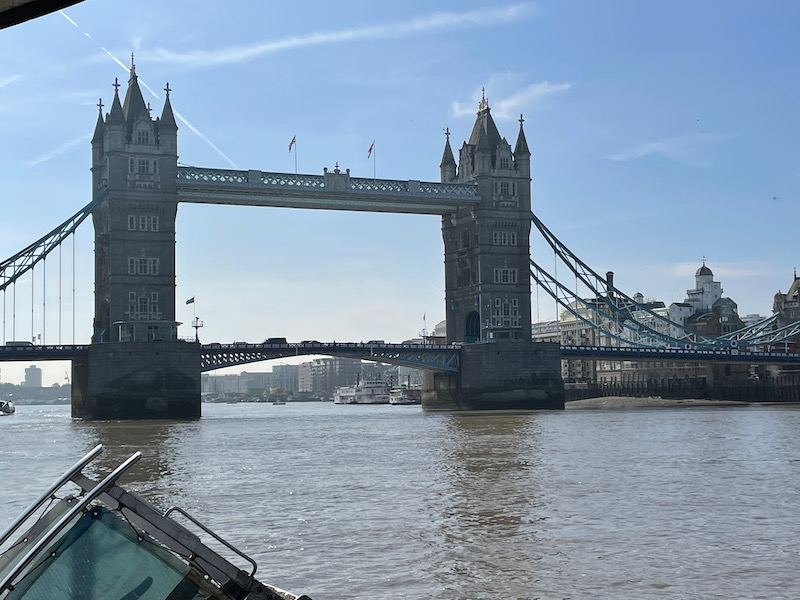
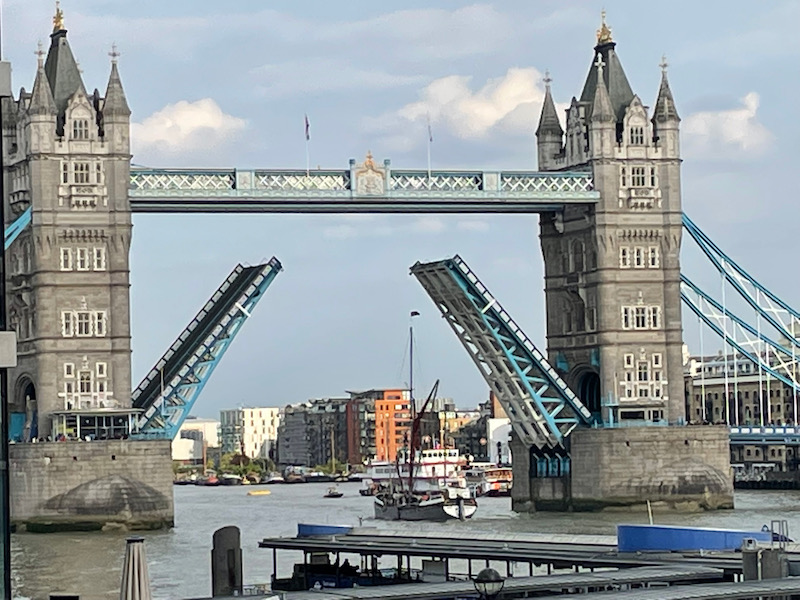
We had dinner on Cinco de Mayo at a Mexican restaurant that had a couple piñata's that the clients could attempt to whack open. Most of us took a turn at it, including Tom, who did a good job after being turned around 3 times. My attempt was a little less successful!
Just across the river from the Tower of London is the HMS Belfast, a Town-class light cruiser. It was commissioned in 1939 and was part of the British naval blockade against Germany. After hitting a mine only 3 months later, it spent 2 years being repaired being being relaunched. After several other roles, it was part of Operation Overload supporting the Normandy landings. It saw additional action during the Korean War before retirement in 1963 and getting a second life as part of the Imperial War Museum.
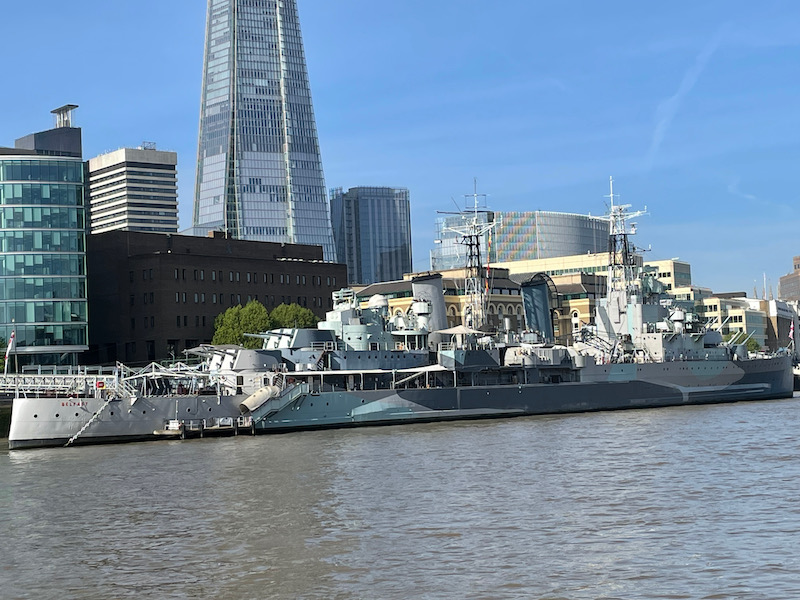
With the river running through it, you can imagine that there are quite a few ships there. Here is yet another famous historical ship, the Cutty Sark. It is a clipper ship built in 1869 and was one of the last tea clippers to be built, and one of the fastest. However, soon after, steamships took over in the tea trade and the Cutty Sark moved into trading wool from Australia. The ship was retired and moved to a dry-dock at Greenwich in 1954 where she was restored and became a museum ship, with lots of information about tea.
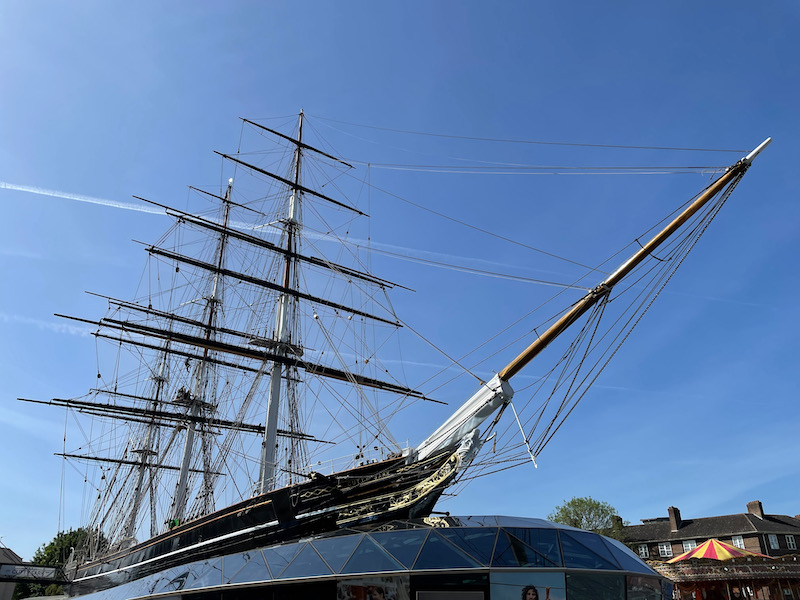

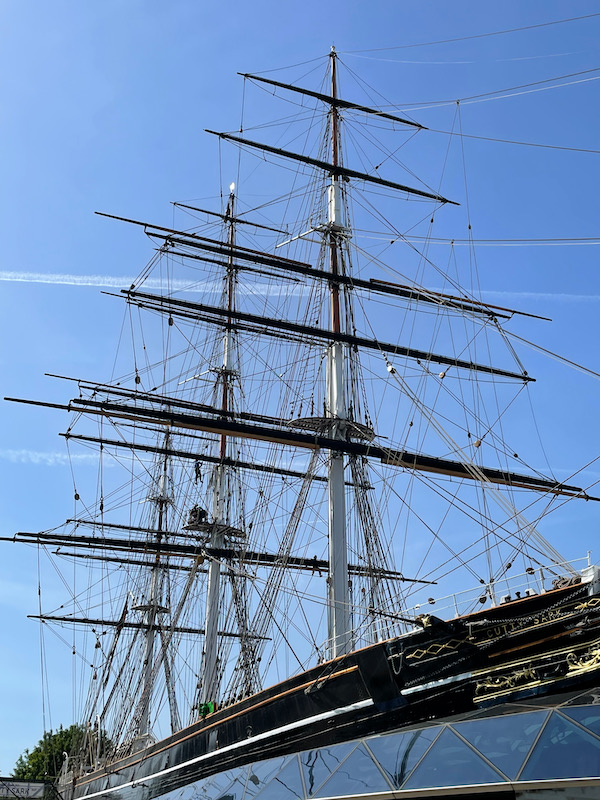
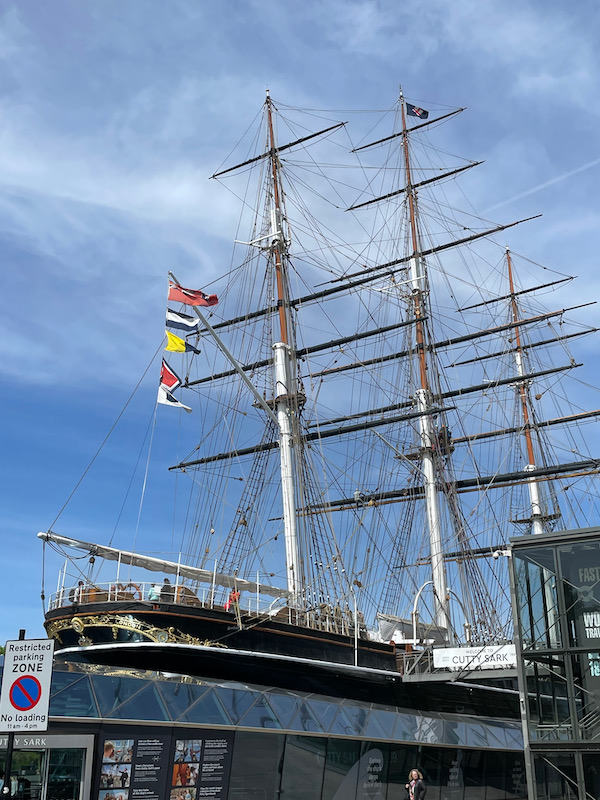
We headed up to Greenwich Park, which we had never actually been to before. The park is huge and a great place for Londoners to walk, jog, and play with their dogs. We headed up the hill and got some great pictures of the Queen's house with the Chapel of St Peter and St Paul in the background.
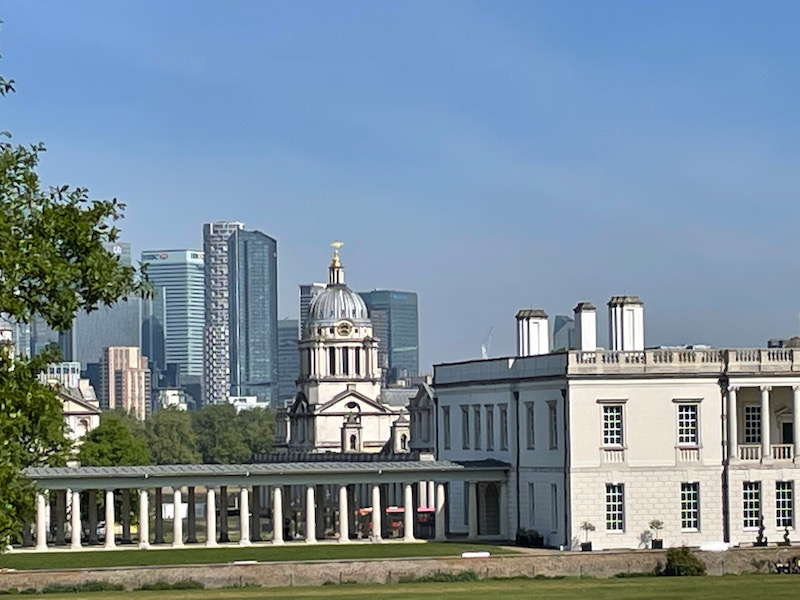
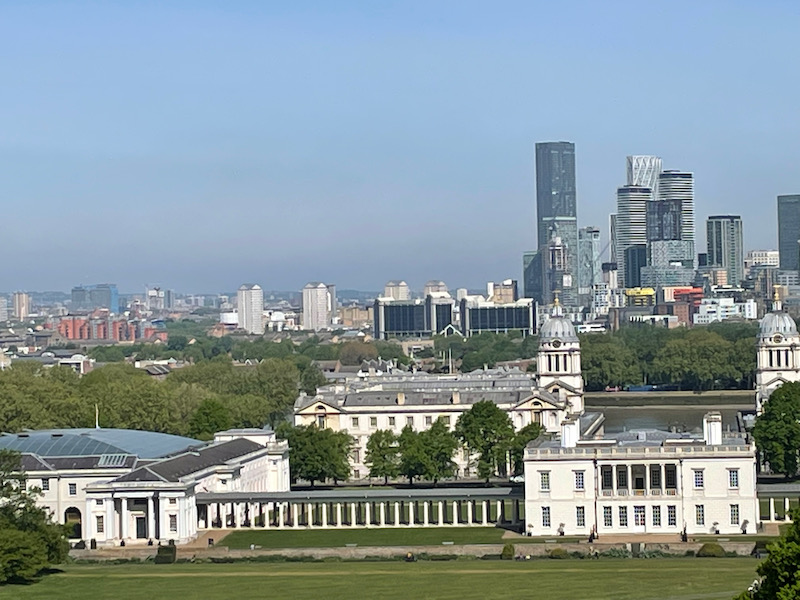
We also saw the O2 arena in the distance, and you can just make out the path that you can climb over the roof of the arena (which we didn't do). We also got some nice pictures of the skyline .... we don't remember there being as many skyscrapers in London as there are.
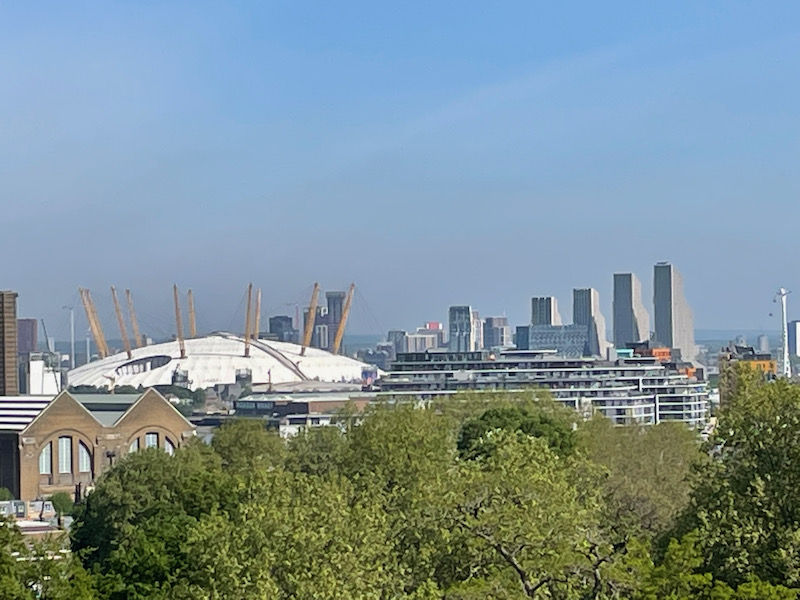
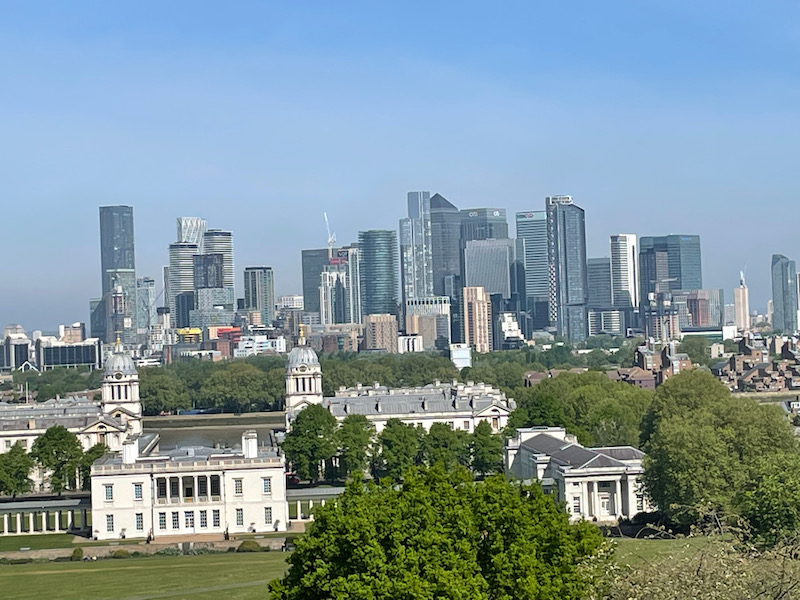
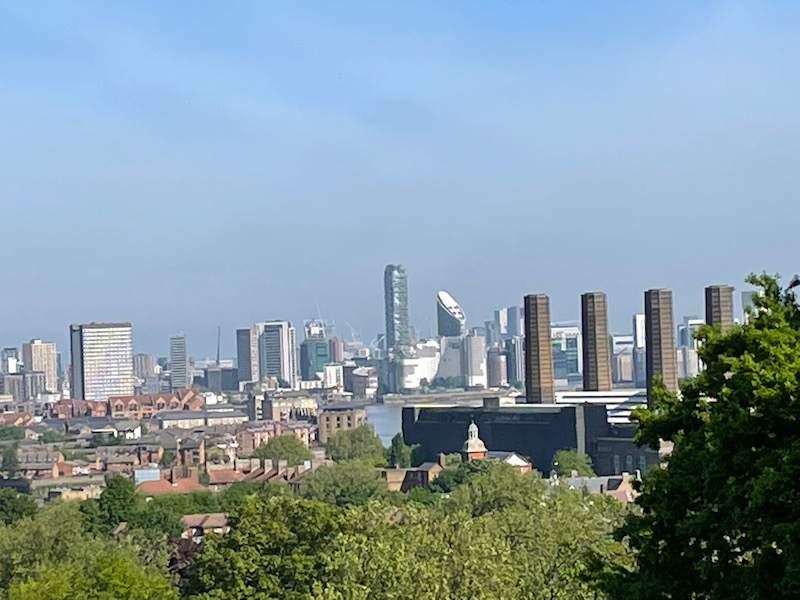
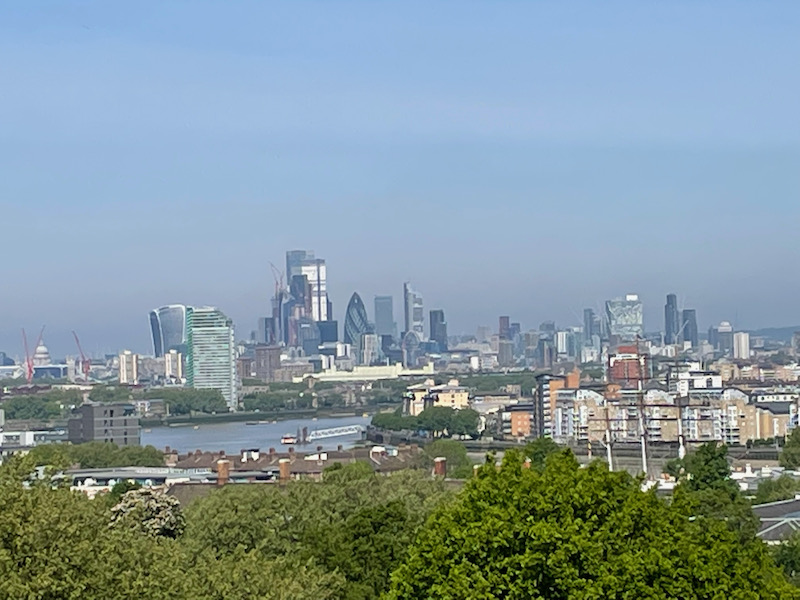
In the 15th century, Greenwich Park was mostly heathland and probably used for hawking. In the next century, deer were introduced by Henry VIII for hunting, and a small collection of deer is maintained today in an area to the south east.
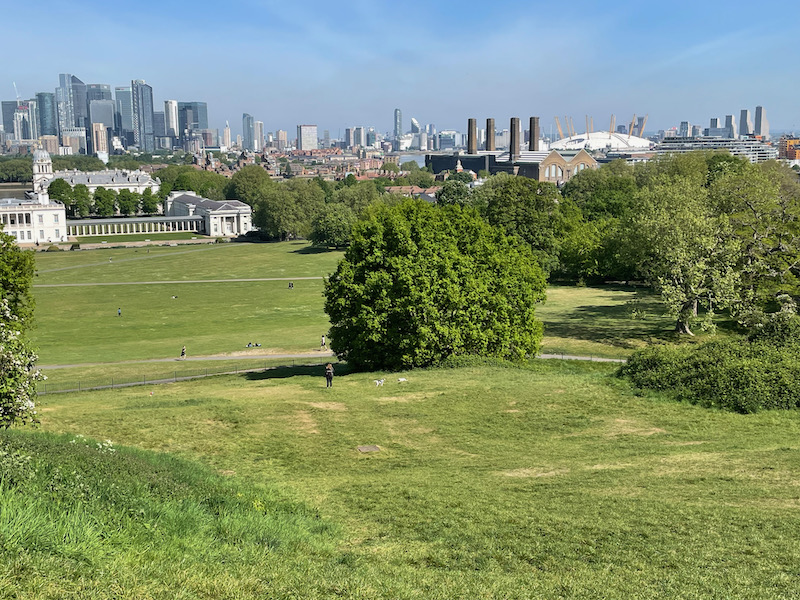
We got to the top of the hill where the Royal Observatory is, and we were able to see a few very interesting things. First are the British Standard measurements (Yard, Feet, and Inches), and then the Shepard 24-hour Gate Clock. The British Imperial Standards were placed here in 1859 to enable the public to always be able to check measures of length. The clock is one of the earliest electrically-driven public clocks, installed at this location in 1852. It always shows Greenwich Mean Time, not changing in the summer to British Summer Time (1 hour ahead). Here you can see it was almost 10:30 in the morning ... noon would be where the hour hand is at the bottom and midnight at the top.
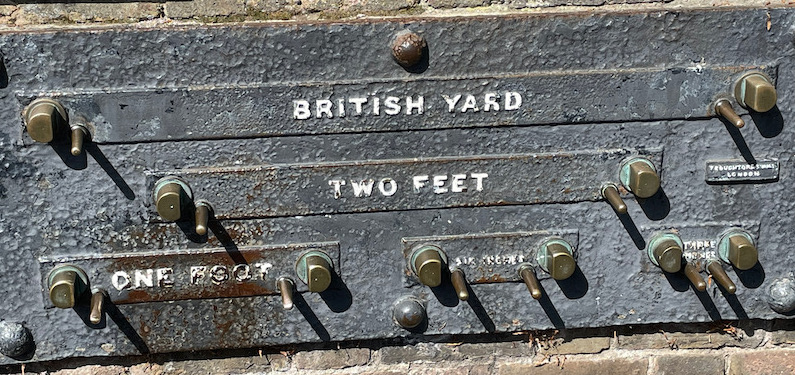
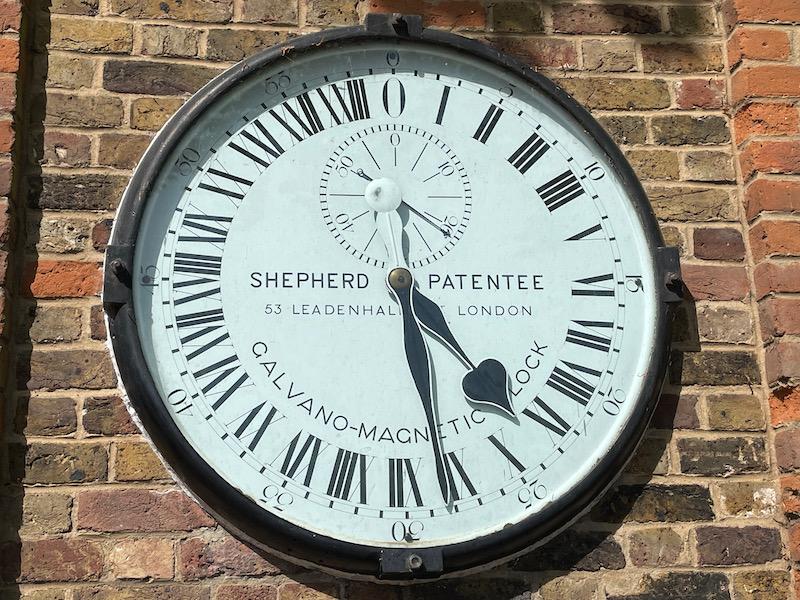
This is the remaining section of a 40-foot reflecting telescope that was built in 1789. The second picture shows what it would have looked like when it was completed. As you can see, it had a huge framework around it, which was needed to move it. Unfortunately, it was too big to really use easily and it was dismantled in 1840. In 1870, most of the telescope tube was destroyed when a tree fell on it.
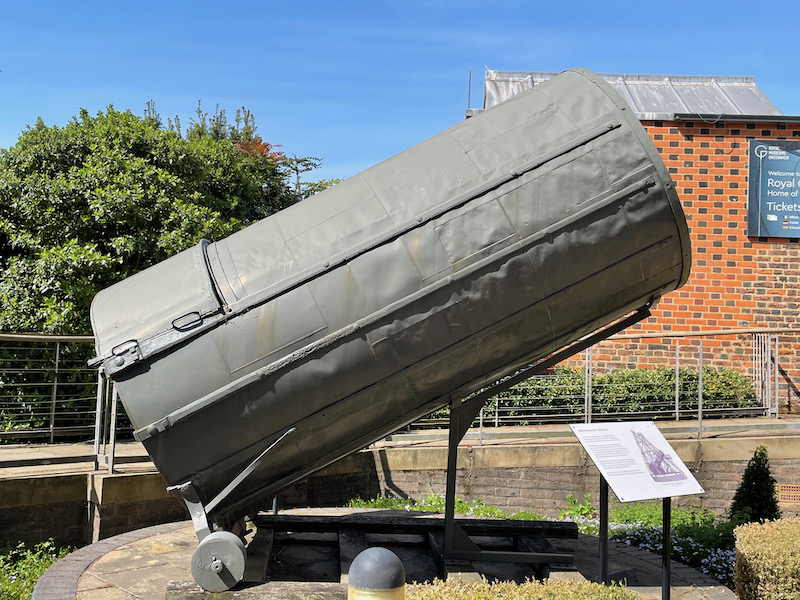
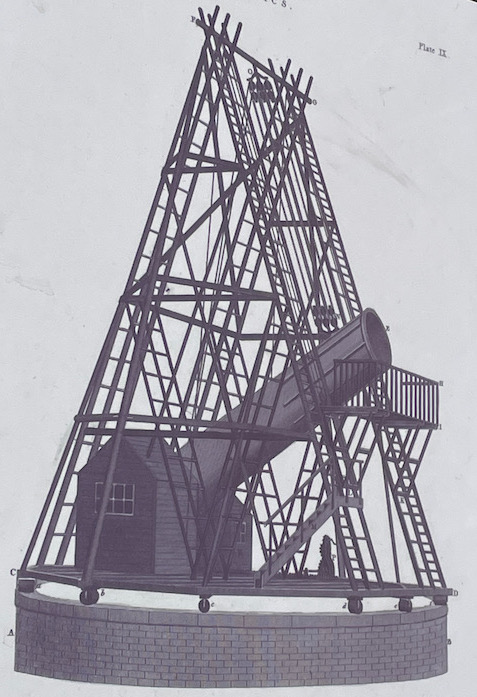
Greenwich is probably most known for "Greenwich Mean Time" (from the clock) and the Prime Meridian, which is noted on the ground. Similar to the equator, which marks 0° latitude, the prime meridian marks 0° longitude. GPS coordinates, like those used on mobile phones and Google Maps, is based on this.
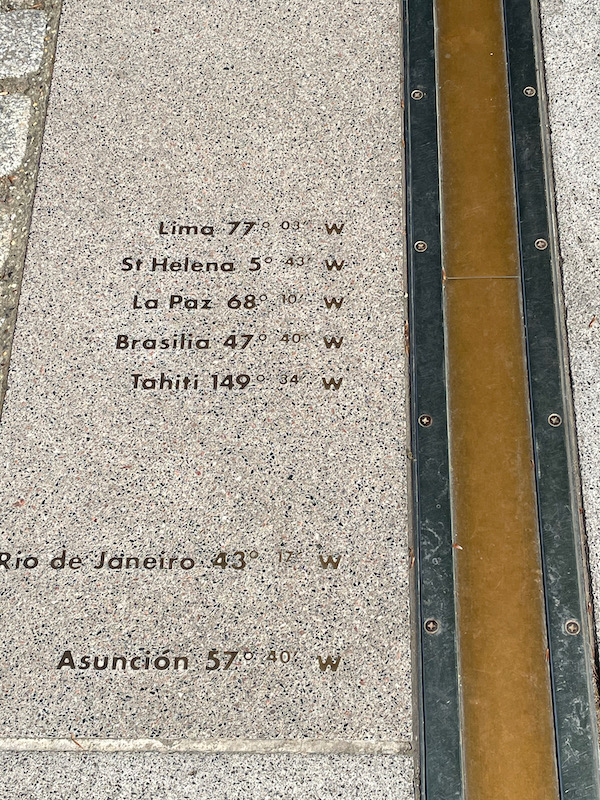
I had never seen an actual obscura camera before, but there was one at the observatory. This one "projects" a current image of the Queen's House (at the bottom of the hill) onto a table within a dark room.
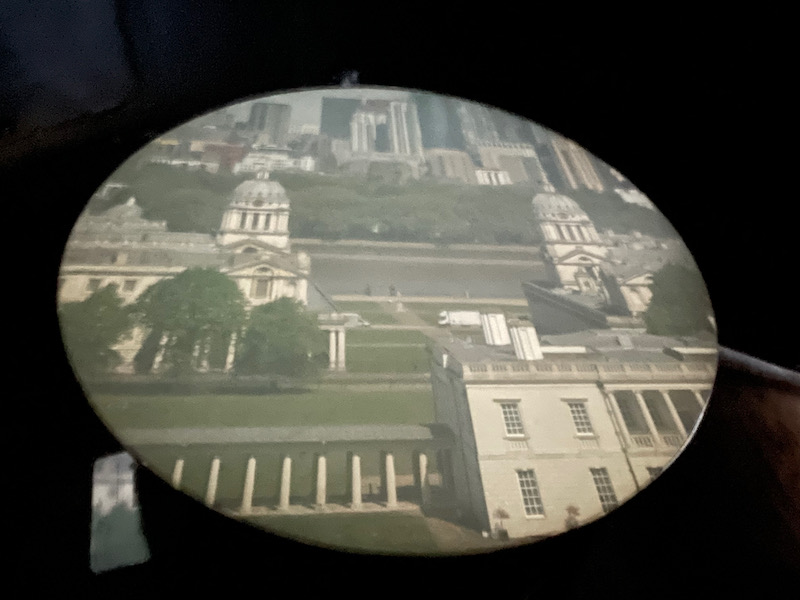
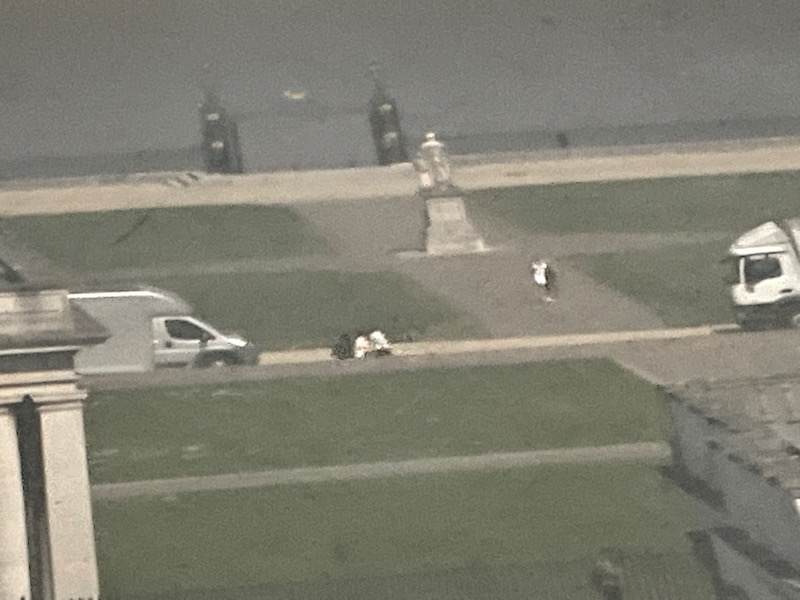
The observatory was established by Charles II in 1675 and the main building was completed in 1676. While he never visited the actual site, everyone is reminded of his support by the detail in some of the rooms, like the "CR" (for Carolus Rec or King Charles) and "CC" (for Charles and Queen Catherine) in gold in the details around the top of this room.
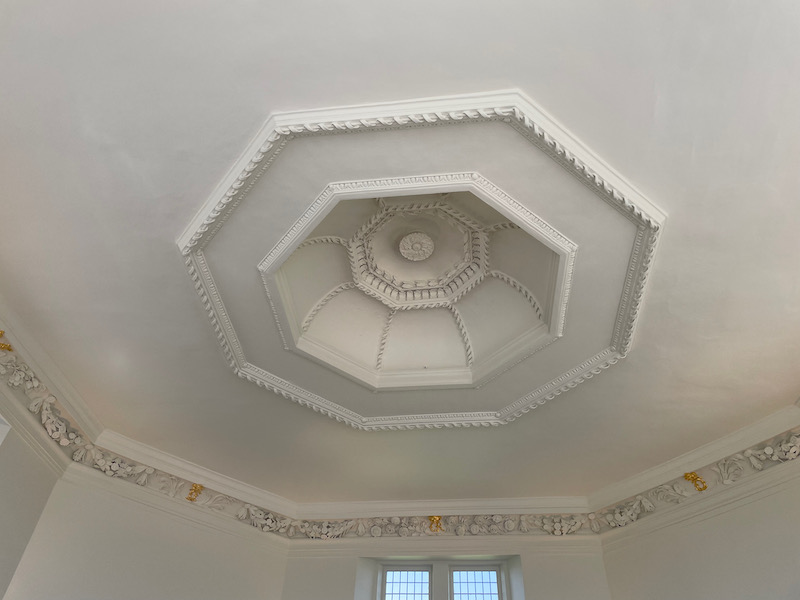
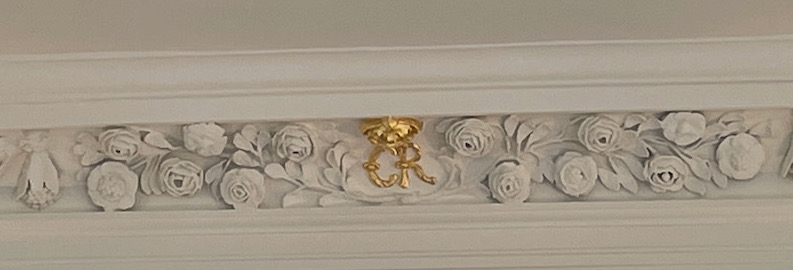
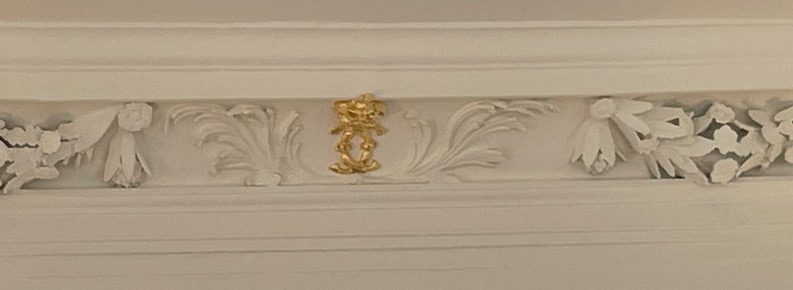
This is a replica of a 1750 telescope that is shown in early pictures in this room. You can see how long it is ... a solution to color distortion at that time was to make long telescopes. Unfortunately, this made them very difficult to use and a new type of lens was created to fix this problem, allowing shorter (and easier-to-use) telescopes to come along.
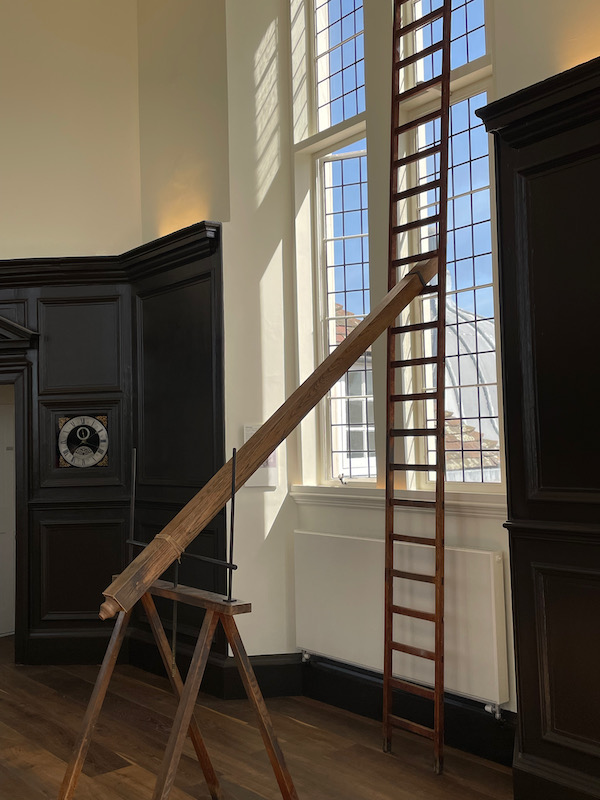
Another pub, this time the Trafalgar Tavern, which opened in 1837. It was a favorite of quite a few writers, including Charles Dickens.
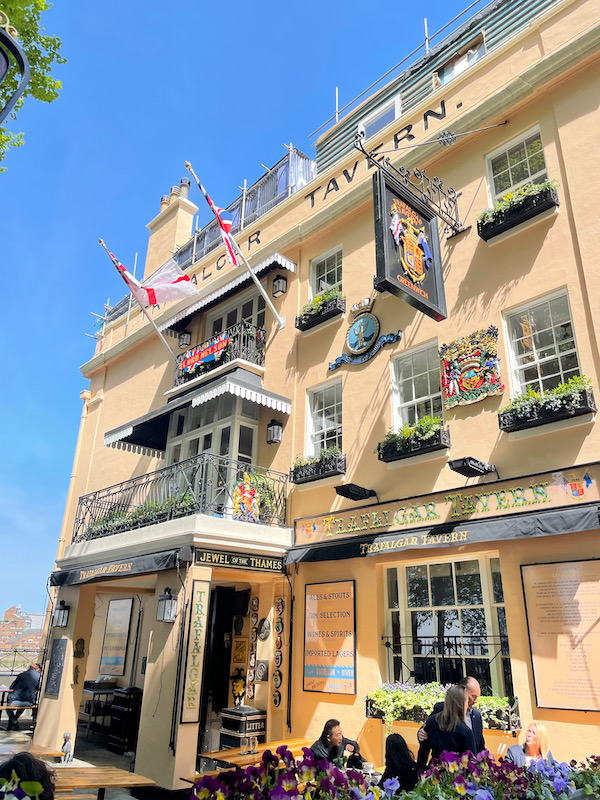
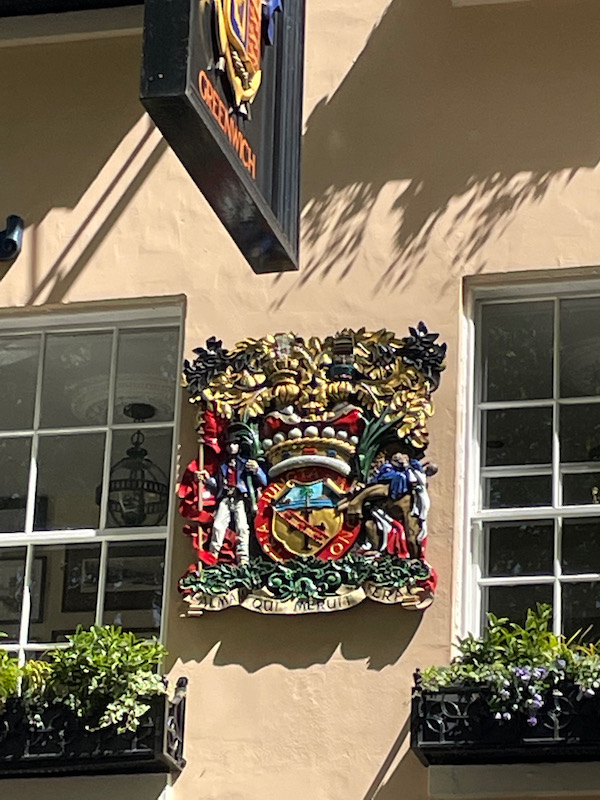
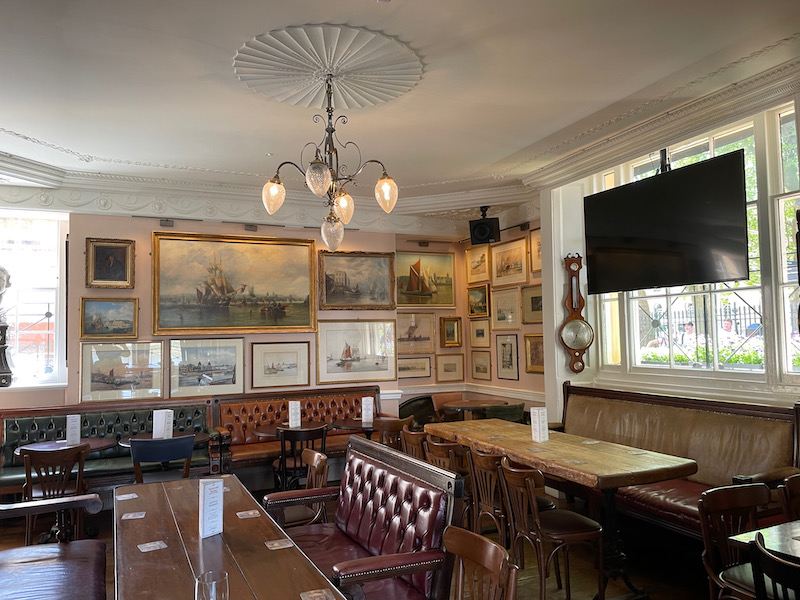
The Marble Arch is a 19th-century white marble-faced triumphal arch. It was designed in 1827 to be the state entrance of the Court of Honor at Buckingham Palace and was there until 1851, when it was relocated to its current location. Supposedly, only members of the Royal Family and the Royal Horse Artillery are allowed to pass through the arch, which happens during some ceremonial processions.
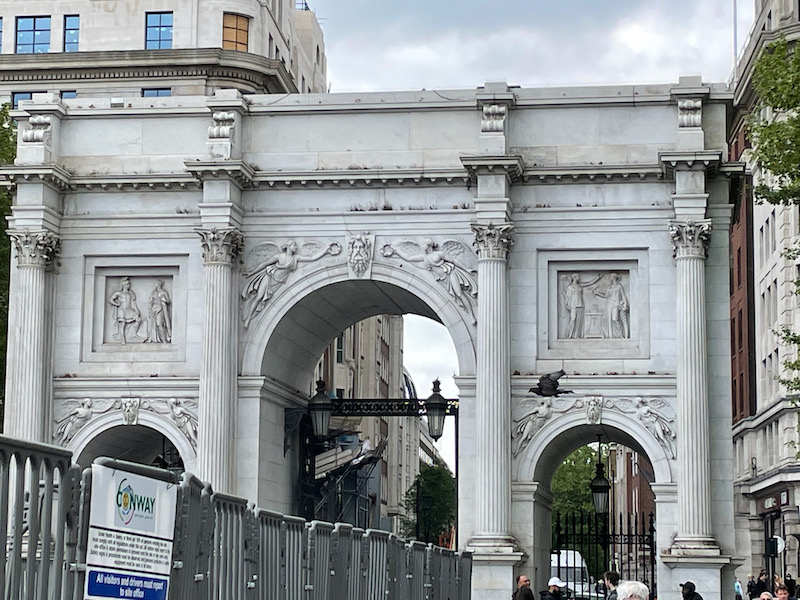
We then headed to the Camden area, which was (and is) a popular music area in London. We walked through Hampstead Road Lock, which is a very popular part of Regent's Canal. There is a large section there which is packed with restaurants and food trucks, and (on Saturday around lunch) LOTS and LOTS of people. It was actually really difficult to walk.
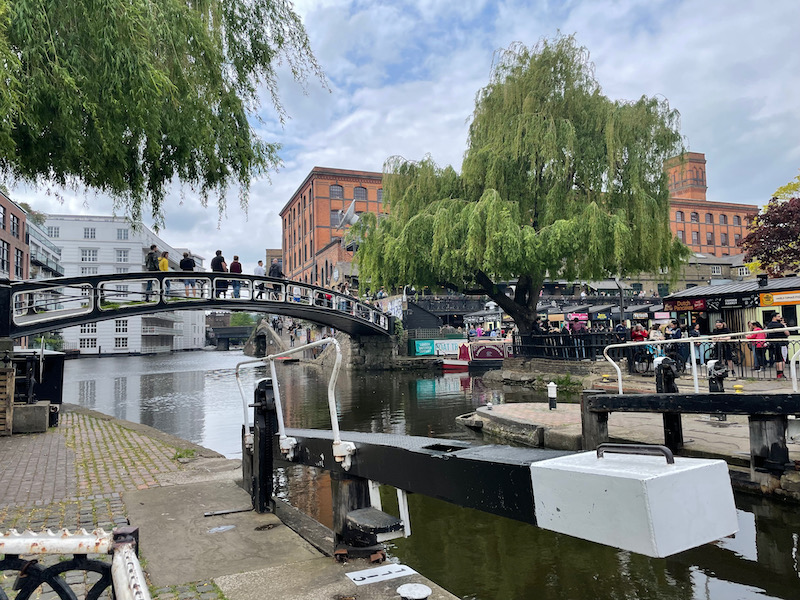
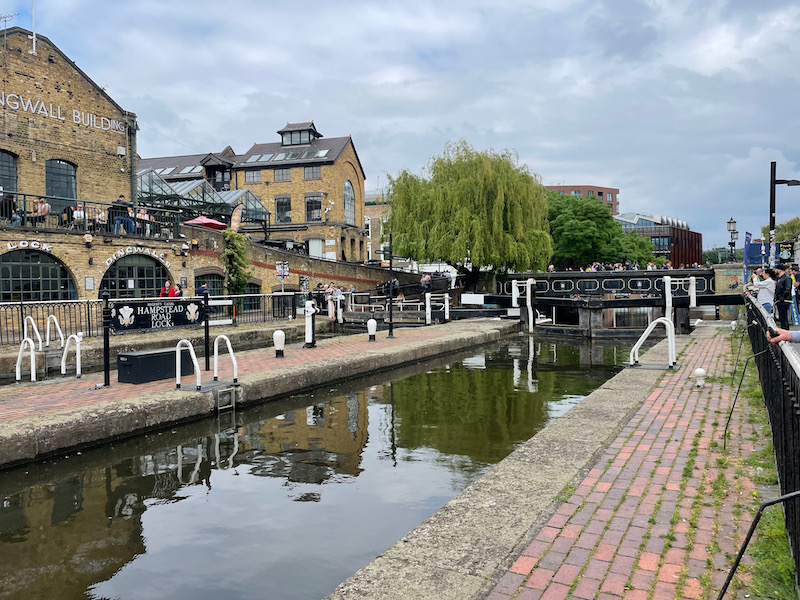
The Ship Tavern was founded in 1549 and rebuilt in 1923. During the height of the English Reformation, when Catholicism became illegal, it was used to shelter Catholic priests and hold secret Catholic services.
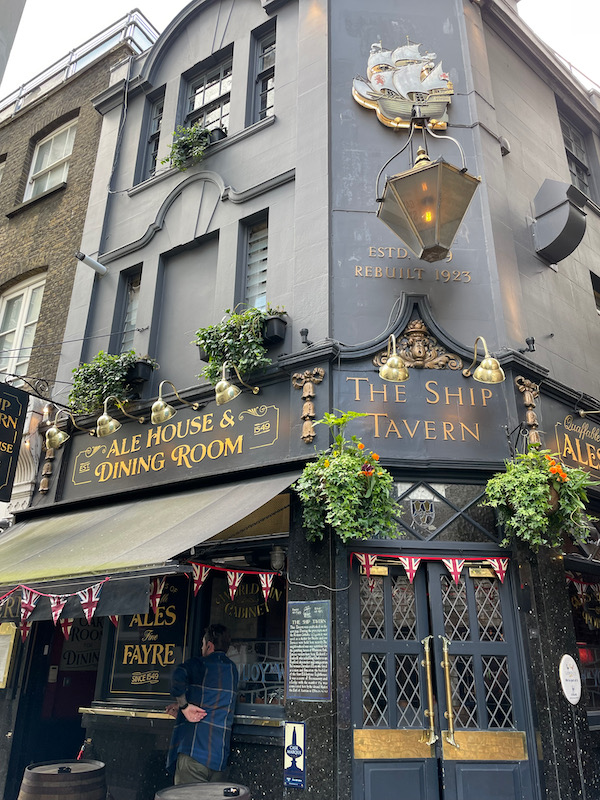
They still have a few phone boxes around ...
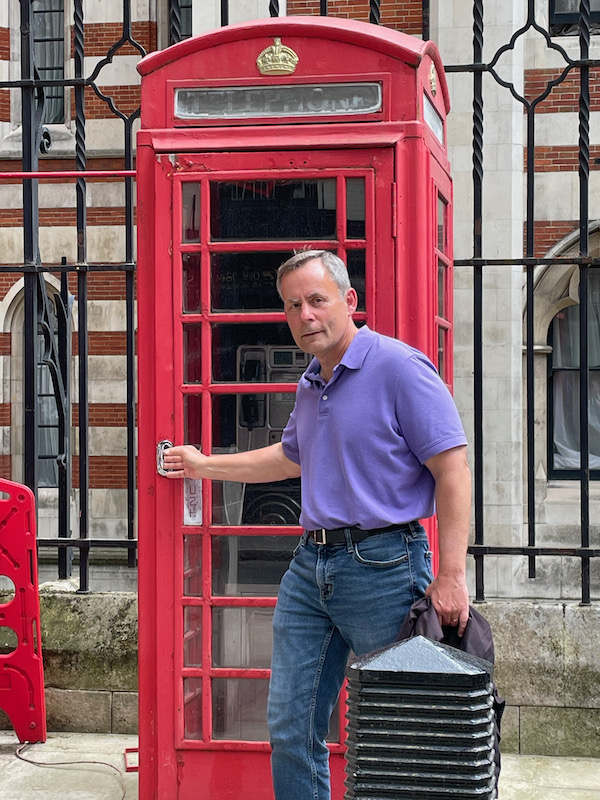
This is the Western side of Saint Pauls Cathedral, with the statue of Queen Victoria in front. We just happened to walk by and didn't go in.

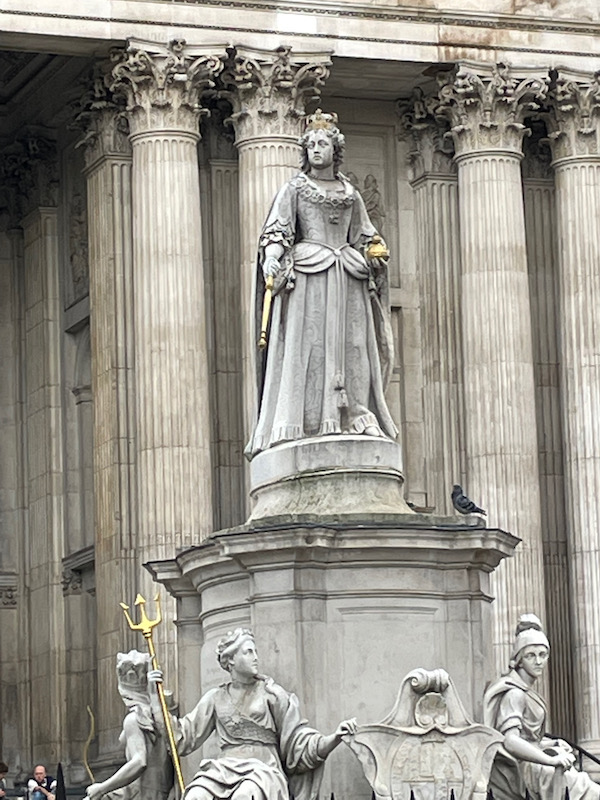
As we were leaving, I just had to take this picture with the sun shining on the Thames and the Tower Bridge.
